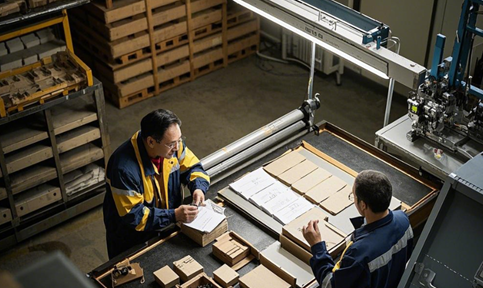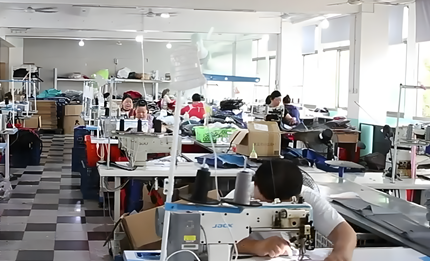
Understand the customer's specific needs, including the type, functionality, and design style of the backpack.
Steps:
1.The customer contacts the sales team via the website, phone, or email.
2.The sales team communicates with the customer to understand their needs, such as the intended use of the backpack (business, travel, hiking, daily use, etc.), capacity, design style, color, and special features (e.g., waterproof, multiple compartments, durable material, etc.).
3.If needed, provide samples and reference materials to help the customer better understand the available materials and design options.

Design a custom solution based on customer needs and confirm the design.
Steps:
1.Based on the customer's requirements, the designer provides an initial design plan, including the backpack's shape, color, material, size, and accessories.
2.The customer reviews the design and provides feedback.
3.The designer adjusts the design based on the customer's feedback until the customer is fully satisfied.
4.A virtual rendering or 3D model of the backpack is provided to help the customer visualize the final design.
5.After the customer confirms the final design, they sign the custom order and pay the deposit.

Finalize the selection of materials, accessories, and other components for the backpack.
Steps:
1.Based on the design plan, provide a range of material options (e.g., nylon, canvas, leather), zippers, buckles, straps, etc., for the customer to choose from.
2.The customer selects the appropriate materials and confirms whether any additional features (e.g., waterproof coating, antibacterial treatment) are needed.
3.The customer confirms all materials, ensuring every detail is finalized.

Produce a prototype sample before full production and confirm that the custom requirements are accurately implemented.
Steps:
1.Based on the confirmed design and material choices, a sample of the backpack is produced.
2.The sample is sent to the customer for inspection, where they can check the backpack's appearance, size, functionality, material, and craftsmanship to ensure it meets the expectations.
3.The customer confirms whether the sample meets their needs or provides feedback for adjustments.
4.If modifications are required, the designer makes the necessary changes and resends the sample for approval.
5.Once the customer confirms the sample is correct, then proceed with the final production order.

Start the full production of the backpack based on the confirmed design and selected materials.
Steps:
1.Based on the confirmed design and sample approval, production is scheduled.
2.During production, strict quality control is conducted to ensure that every backpack meets the required standards.

Ensure that the backpack meets quality expectations before packaging and shipping.
Steps:
1.After production is complete, a thorough quality inspection is carried out, including tests for material durability, stitching quality, zipper and buckle strength, etc.
2.Once the inspection is passed, the backpacks are packaged. Custom packaging options (e.g., gift boxes, eco-friendly bags) are provided according to the customer's preferences.
3.If the customer has specific packaging requirements, they are accommodated.

Ensure timely delivery of the custom backpacks to the customer.
Steps:
1.Once the backpacks pass inspection and final checks, logistics arrangements are made for shipment.
2.The customer confirms the shipping address and selects a courier or logistics company, and pays the remaining balance.
3.The appropriate shipping method is selected based on the customer's location to ensure timely delivery.
4.Tracking information is provided so the customer can monitor the shipping progress in real-time.

Provide support after delivery to ensure customer satisfaction.
Steps:
1.After receiving the backpack, the customer can provide feedback on their experience through customer service channels (phone, email).
2.If there are any quality issues (e.g., material defects, craftsmanship flaws), the customer can contact after-sales support for returns, exchanges, or repairs.
3.Based on customer feedback, further improvements can be made to optimize products and services.